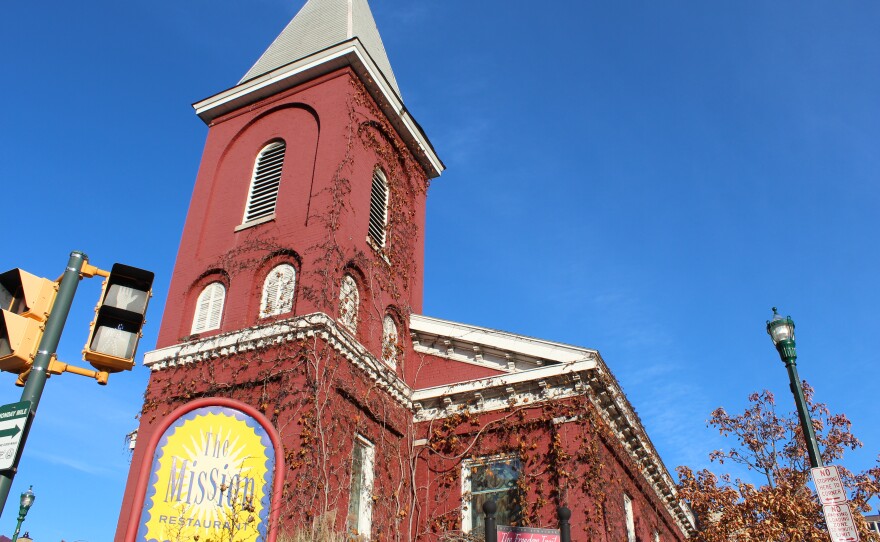Churches play a vital role in any community. A symposium was held on Saturday to raise awareness of the role church buildings play in downtown Syracuse, since both occupied and vacant properties impact the neighborhoods.
The Mission Restaurant in downtown Syracuse was built in the 1840s and used to be the Syracuse Wesleyan Methodist Church, which was part of the Underground Railroad. The Hotel Skyler on the Syracuse University campus was a synagogue before it was renovated with green energy and environmental design standards.
Participants in the Sacred Places Symposium emphasized that both are examples of success stories of former sacred places that were vacated.
Murray Gould, president of the Preservation Association of Central New York, says currently operating religious buildings are also extremely important to the downtown community.
"Community events, social outreach, it's where people go to Boy Scouts, Alcohol Anonymous meetings, a place where children are dropped off, where people learn," Gould said. "It's a community center, its not just a religious service on a Friday Saturday or Sunday."
Gould says crime, declining property rates and fire hazards are only some of the consequences when congregations no longer occupy their properties.
"Mizpah Towers in downtown Syracuse has been vacant for twenty-some years," Gould said. "We have the Holy Trinity Church that's only been vacant for two years. We have South Presbyterian on South Salina street, that's not healthy."

Bob Jaeger, president of Partners for Sacred Places, a national nonprofit organization, says smaller congregations often need a hand with large building repair costs.
"They need to be much better at finding good uses for space which can provide revenue streams and can bring in new energy or people to a church or synagogue," Jaeger said. "They need to raise money from new people. They need to tell their story in new ways, they need to reengage with members who have moved away."
Jaeger said he has seen trends across the country of smaller congregations and rising repair costs, so Syracuse is not alone.
"Our civic leaders need to understand that sacred places have a public value, an economic value, that's quite enormous and it's partly a loss of architecture," Jaeger said. "But its also a loss of social services and performing arts so we really want to talk about this now because a lot of sacred places are vulnerable."







